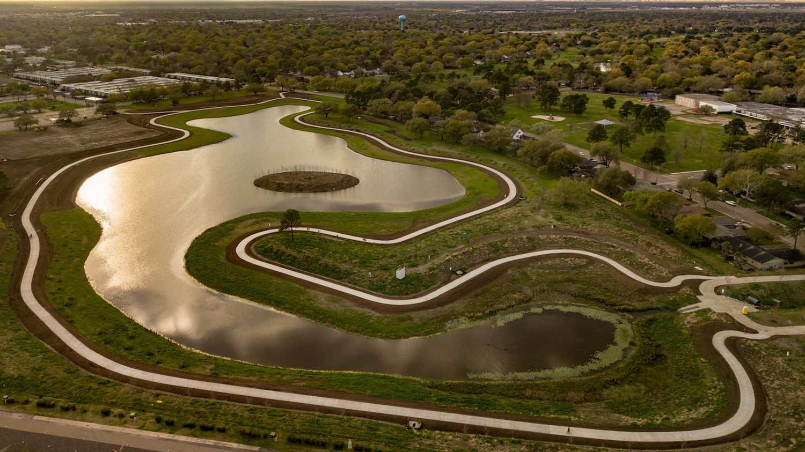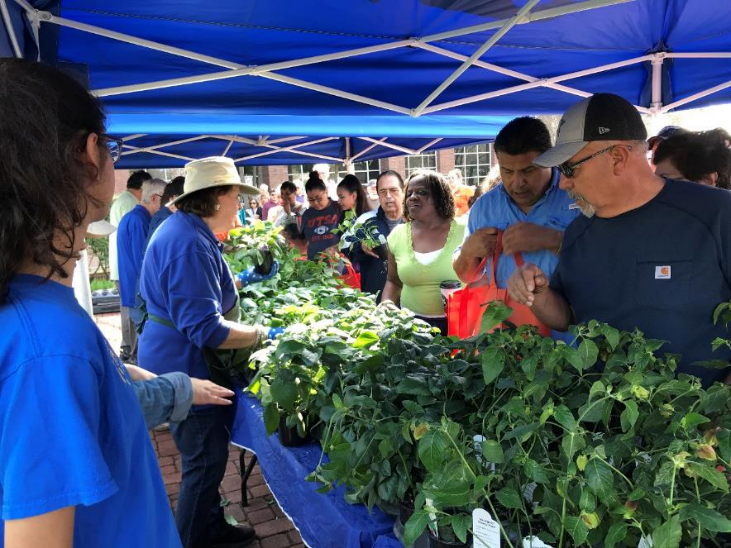Leveraging Relationships to Save Water, Energy and Money
Water conservation is a perennial critical issue in the water industry. American Water Works Association’s (AWWA) 2019 State of the Water Industry Report showed conservation moving from 21st place to 16th place, and ranking 3rd among small utilities. The draft 2022 Texas State Water Plan shows that 37% of strategies in 2020 to meet the state’s growing water demand will be met by demand reduction, up from 31% in the 2017 Texas State Water Plan. On the basis of their water conservation statutes/regulations, in 2017 the Alliance for Water Efficiency gave the state of Arkansas a C-, Florida a C+, Georgia a B+, Louisiana a D+, New Mexico a C, North Carolina a B-, Oklahoma a D+, and Texas an A-.
Collaboration between utilities can materialize in everything from contractual relationships to regional partnerships to consolidation of utilities, and everything in between. Utilities also don’t just collaborate with each other. A well-run public works system requires cooperation with the customers and community organizations.
Yet despite the expressed importance of conservation and collaboration, AWWA’s 2019 survey shows that only 41 percent of utilities nationally have implemented a water conservation program. That percentage is much higher when you look at small-medium sized utilities. Therefore Freese and Nichols put on a webinar to provide viewers from across the nation with practical solutions to implement in their communities. In case you missed it, here are a few highlights:
Transformational Water Conservation Projects
(Taylor Keys, Texan by Nature)
 Texan by Nature is a conservation non-profit founded by former First Lady Laura Bush that amplifies projects. Ms. Keys highlighted how North Texas Municipal Water District and Tarrant Regional Water District have been using constructed wetlands to enhance the supply of North Texas using an innovative, efficient and sustainable approach. Taylor also showcased Exploration Green, a project by Clear Lake City Water Authority where they are converting defunct golf courses into stormwater detention basins and nature recreation areas. Exploration Green is estimated to be done by 2022, and should protect 2,000 neighborhood homes in a 500-year flood. Don’t miss out on Texan by Nature’s Conservation Wrangler Summit on October 27 in Dallas, and nominate your favorite conservation business/agency/utility for their TxN 20 recognition (deadline is June 1).
Texan by Nature is a conservation non-profit founded by former First Lady Laura Bush that amplifies projects. Ms. Keys highlighted how North Texas Municipal Water District and Tarrant Regional Water District have been using constructed wetlands to enhance the supply of North Texas using an innovative, efficient and sustainable approach. Taylor also showcased Exploration Green, a project by Clear Lake City Water Authority where they are converting defunct golf courses into stormwater detention basins and nature recreation areas. Exploration Green is estimated to be done by 2022, and should protect 2,000 neighborhood homes in a 500-year flood. Don’t miss out on Texan by Nature’s Conservation Wrangler Summit on October 27 in Dallas, and nominate your favorite conservation business/agency/utility for their TxN 20 recognition (deadline is June 1).
Achieving Conservation Goals
(Marina Badoian-Kriticos, Houston Advanced Research Center, and Satish Ravindran, Freese and Nichols)
 Presenters covered an exciting funding opportunity to advance water and energy conservation: Property Assessed Clean Energy (PACE). This funding source can be a tool for water and electric utility managers to meet their conservation goals. This collaborative program has no upfront costs for the borrower, generates positive cash flow immediately, reduces operating costs and increases property value, and has been proven to halve electricity and water usage (on average). There are multiple levels of partnerships built within the program, but the most interesting alliance started at the inception of the program. The Texas PACE program represents one of the few known legislative initiatives in which the Texas Association of Businesses and the Sierra Club sat on the same side of the table.
Presenters covered an exciting funding opportunity to advance water and energy conservation: Property Assessed Clean Energy (PACE). This funding source can be a tool for water and electric utility managers to meet their conservation goals. This collaborative program has no upfront costs for the borrower, generates positive cash flow immediately, reduces operating costs and increases property value, and has been proven to halve electricity and water usage (on average). There are multiple levels of partnerships built within the program, but the most interesting alliance started at the inception of the program. The Texas PACE program represents one of the few known legislative initiatives in which the Texas Association of Businesses and the Sierra Club sat on the same side of the table.
Turning to Local Organizations
(Karen Guz, San Antonio Water System)
 Ms. Guz has been the Director of Conservation at the San Antonio Water System (SAWS) for over 15 years, and leads one of the most advanced and data-driven conservation programs in the country. SAWS aims to engage at least 250,000 people every year, and at least 5,000 “conservation newborns”. While Karen has one of the largest Conservation staffs in the nation, they can only reach a few thousand people face-to-face per year. As the African proverb goes “If you want to go fast, go alone. If you want to go far, go together.” SAWS uses its partners (large volunteer organizations such as the Master Gardeners) to reach an additional 190,000 people per year. It is a testament to SAWS’ hard work that San Antonians have such a high Water IQ that they are able to then teach their neighbors about conservation.
Ms. Guz has been the Director of Conservation at the San Antonio Water System (SAWS) for over 15 years, and leads one of the most advanced and data-driven conservation programs in the country. SAWS aims to engage at least 250,000 people every year, and at least 5,000 “conservation newborns”. While Karen has one of the largest Conservation staffs in the nation, they can only reach a few thousand people face-to-face per year. As the African proverb goes “If you want to go fast, go alone. If you want to go far, go together.” SAWS uses its partners (large volunteer organizations such as the Master Gardeners) to reach an additional 190,000 people per year. It is a testament to SAWS’ hard work that San Antonians have such a high Water IQ that they are able to then teach their neighbors about conservation.


